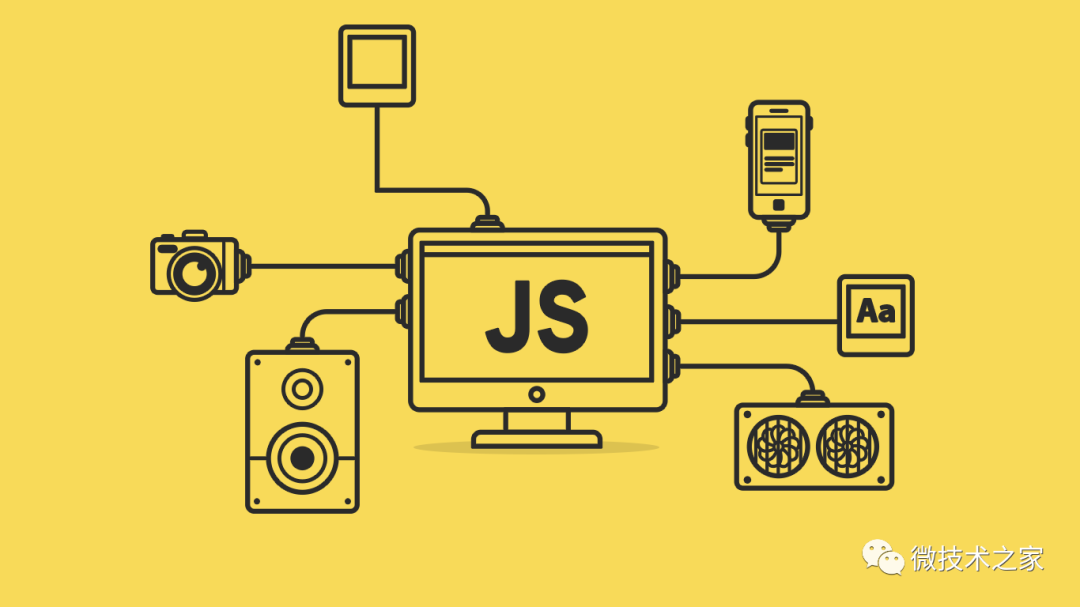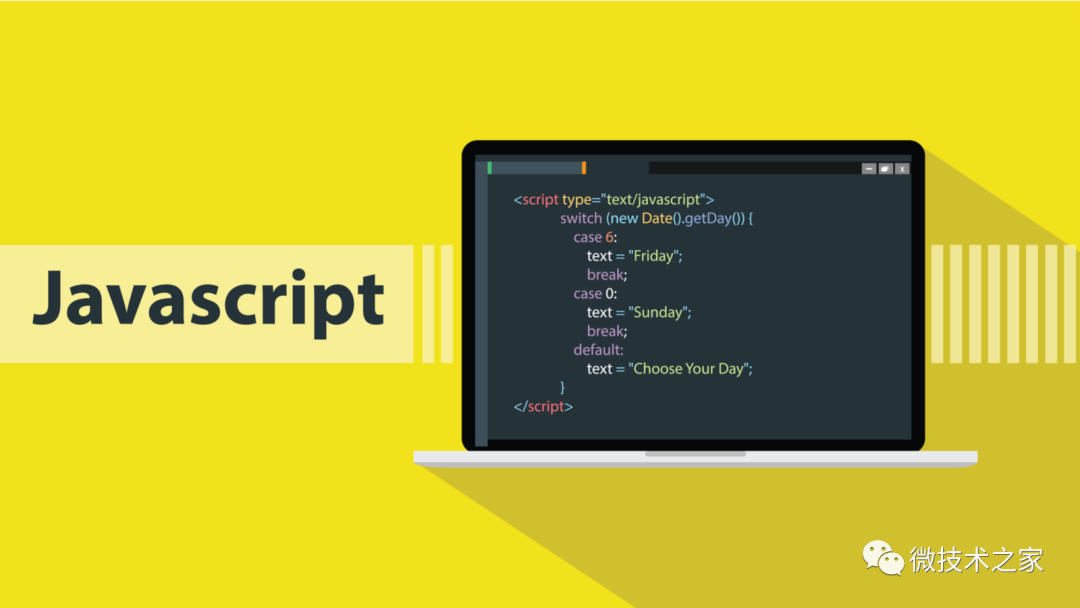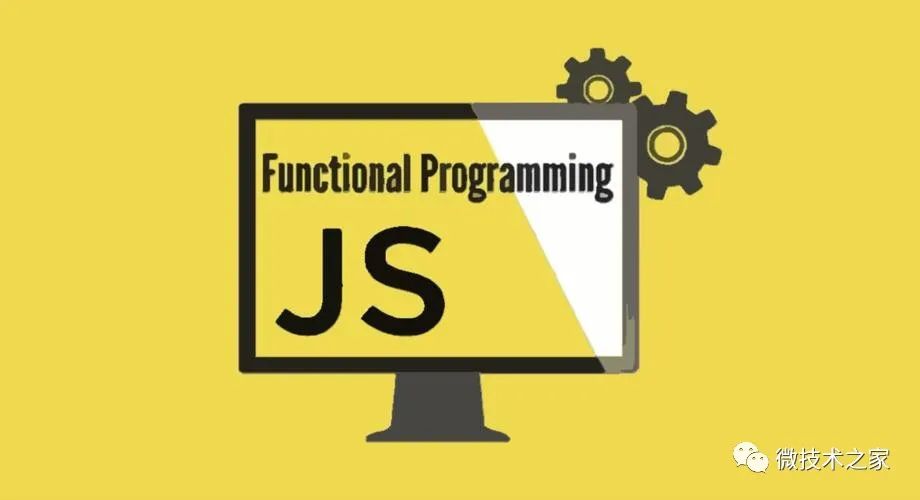
编写高质量代码的关键在于提高代码的可读性、复用性和扩展性。在本文中,我们将从以下四个方面讨论如何做到这一点:变量、函数、类和异步编程。
一、变量
变量的命名应清晰明了,能够准确描述其用途。避免使用缩写或简写,除非它们在特定的上下文中是广泛理解的。在可能的情况下,尽量重用变量,而不是创建新的变量。当需要修改代码以适应新情况时,应使变量尽可能灵活。例如,使用列表或字典等可变数据类型,而不是硬编码的值。
用有意义且常用的单词命名
// Bad:
const yyyymmdstr = moment().format('YYYY/MM/DD');
// Good:
const currentDate = moment().format('YYYY/MM/DD');保持统一
对同一类型的变量使用相同的命名保持统一:
// Bad:
getUserInfo();
getClientData();
getCustomerRecord();
// Good:
getUser()
每个常量(全大写)都该命名
可以用 ESLint 检测代码中未命名的常量。
// Bad:
// 其他人知道 86400000 的意思吗?
setTimeout( blastOff, 86400000 );
// Good:
const MILLISECOND_IN_A_DAY = 86400000;
setTimeout( blastOff, MILLISECOND_IN_A_DAY );避免无意义的前缀
如果创建了一个对象 car,就没有必要把它的颜色命名为 carColor。
// Bad:
const car = {
carMake: 'Honda',
carModel: 'Accord',
carColor: 'Blue'
};
function paintCar( car ) {
car.carColor = 'Red';
}
// Good:
const car = {
make: 'Honda',
model: 'Accord',
color: 'Blue'
};
function paintCar( car ) {
car.color = 'Red';
}传参使用默认值
// Bad:
function createMicrobrewery( name ) {
const breweryName = name || 'Hipster Brew Co.';
// ...
}
// Good:
function createMicrobrewery( name = 'Hipster Brew Co.' ) {
// ...
}二、函数
函数应有一个清晰的名称,描述它的功能。函数应该尽可能短小,避免在一个函数中完成多个任务。将函数设计为可以重复使用,这意味着函数应该不需要修改或只需最少的修改,就可以在不同的上下文中使用。如果可能,将函数设计为可以接受不同的参数或返回不同的结果,以适应未来的需求。
函数参数( 最好 2 个或更少 )
如果参数超过两个,建议使用 ES6 的解构语法,不用考虑参数的顺序。
// Bad:
function createMenu( title, body, buttonText, cancellable ) {
// ...
}
// Good:
function createMenu( { title, body, buttonText, cancellable } ) {
// ...
}
createMenu({
title: 'Foo',
body: 'Bar',
buttonText: 'Baz',
cancellable: true
});一个方法只做一件事情
这是一条在软件工程领域流传久远的规则。严格遵守这条规则会让你的代码可读性更好,也更容易重构。如果违反这个规则,那么代码会很难被测试或者重用。
// Bad:
function emailClients( clients ) {
clients.forEach( client => {
const clientRecord = database.lookup( client );
if ( clientRecord.isActive() ) {
email( client );
}
});
}
// Good:
function emailActiveClients( clients ) {
clients
.filter( isActiveClient )
.forEach( email );
}
function isActiveClient( client ) {
const clientRecord = database.lookup( client );
return clientRecord.isActive();
}函数名上体现它的作用
// Bad:
function addToDate( date, month ) {
// ...
}
const date = new Date();
// 很难知道是把什么加到日期中
addToDate( date, 1 );
// Good:
function addMonthToDate( month, date ) {
// ...
}
const date = new Date();
addMonthToDate( 1, date );删除重复代码,合并相似函数
很多时候虽然是同一个功能,但由于一两个不同点,让你不得不写两个几乎相同的函数。
// Bad:
function showDeveloperList(developers) {
developers.forEach((developer) => {
const expectedSalary = developer.calculateExpectedSalary();
const experience = developer.getExperience();
const githubLink = developer.getGithubLink();
const data = {
expectedSalary,
experience,
githubLink
};
render(data);
});
}
function showManagerList(managers) {
managers.forEach((manager) => {
const expectedSalary = manager.calculateExpectedSalary();
const experience = manager.getExperience();
const portfolio = manager.getMBAProjects();
const data = {
expectedSalary,
experience,
portfolio
};
render(data);
});
}
// Good:
function showEmployeeList(employees) {
employees.forEach(employee => {
const expectedSalary = employee.calculateExpectedSalary();
const experience = employee.getExperience();
const data = {
expectedSalary,
experience,
};
switch(employee.type) {
case 'develop':
data.githubLink = employee.getGithubLink();
break
case 'manager':
data.portfolio = employee.getMBAProjects();
break
}
render(data);
})
}使用 Object.assign 设置默认属性
// Bad:
const menuConfig = {
title: null,
body: 'Bar',
buttonText: null,
cancellable: true
};
function createMenu(config) {
config.title = config.title || 'Foo';
config.body = config.body || 'Bar';
config.buttonText = config.buttonText || 'Baz';
config.cancellable = config.cancellable !== undefined ? config.cancellable : true;
}
createMenu(menuConfig);
// Good:
const menuConfig = {
title: 'Order',
// 不包含 body
buttonText: 'Send',
cancellable: true
};
function createMenu(config) {
config = Object.assign({
title: 'Foo',
body: 'Bar',
buttonText: 'Baz',
cancellable: true
}, config);
// config : {title: "Order", body: "Bar", buttonText: "Send", cancellable: true}
// ...
}
createMenu(menuConfig); 尽量不要写全局方法
尽量不要写全局方法
在 JavaScript 中,永远不要污染全局,会在生产环境中产生难以预料的 bug。举个例子,比如你在 Array.prototype 上新增一个 diff 方法来判断两个数组的不同。而你同事也打算做类似的事情,不过他的 diff 方法是用来判断两个数组首位元素的不同。很明显你们方法会产生冲突,遇到这类问题我们可以用 ES2015/ES6 的语法来对 Array 进行扩展。
// Bad:
Array.prototype.diff = function diff(comparisonArray) {
const hash = new Set(comparisonArray);
return this.filter(elem => !hash.has(elem));
};
// Good:
class SuperArray extends Array {
diff(comparisonArray) {
const hash = new Set(comparisonArray);
return this.filter(elem => !hash.has(elem));
}
}尽量别用“非”条件句
// Bad:
function isDOMNodeNotPresent(node) {
// ...
}
if (!isDOMNodeNotPresent(node)) {
// ...
}
// Good:
function isDOMNodePresent(node) {
// ...
}
if (isDOMNodePresent(node)) {
// ...
}不要过度优化
现代浏览器已经在底层做了很多优化,过去的很多优化方案都是无效的,会浪费你的时间。
// Bad:
// 现代浏览器已对此( 缓存 list.length )做了优化。
for (let i = 0, len = list.length; i < len; i++) {
// ...
}
// Good:
for (let i = 0; i < list.length; i++) {
// ...
}删除弃用代码
这里没有示例代码,删除就对了。
三、类
类名应清晰明了,属性和方法应有明确的用途和行为。使用Python的文档字符串来解释类的功能。类应该设计为可以在多个地方重复使用。这可能涉及到将类设计为可以在不需要修改或只需少量修改的情况下,适应不同的上下文。类应该设计为可以容易地添加新的属性和方法,以适应未来的需求。这通常涉及到使用面向对象的设计原则,如继承和多态。
使用 ES6 的 class
在 ES6 之前,没有类的语法,只能用构造函数的方式模拟类,可读性非常差。
// Good:
// 动物
class Animal {
constructor(age) {
this.age = age
};
move() {};
}
// 哺乳动物
class Mammal extends Animal{
constructor(age, furColor) {
super(age);
this.furColor = furColor;
};
liveBirth() {};
}
// 人类
class Human extends Mammal{
constructor(age, furColor, languageSpoken) {
super(age, furColor);
this.languageSpoken = languageSpoken;
};
speak() {};
}使用链式调用
这种模式相当有用,可以在很多库中都有使用。它让你的代码简洁优雅。
class Car {
constructor(make, model, color) {
this.make = make;
this.model = model;
this.color = color;
}
setMake(make) {
this.make = make;
}
setModel(model) {
this.model = model;
}
setColor(color) {
this.color = color;
}
save() {
console.log(this.make, this.model, this.color);
}
}
// Bad:
const car = new Car('Ford','F-150','red');
car.setColor('pink');
car.save();
// Good:
const car = new Car('Ford','F-150','red')
.setColor('pink');
.save();四、异步
异步代码可能会变得复杂,因此应该保持简洁并正确地注释。使用异步编程风格指南来编写代码,如PEP 8中对异步编程的建议。将异步函数和协程设计为可以在多个地方重复使用。如果可能,将公共逻辑封装在可以重用的异步函数中。异步代码应该设计为可以容易地添加新的协程和函数,以适应未来的需求。
使用 promise 或者 Async/Await 代替回调
// Bad:
get('https://en.wikipedia.org/wiki/Robert_Cecil_Martin', (requestErr, response) => {
if (requestErr) {
console.error(requestErr);
} else {
writeFile('article.html', response.body, (writeErr) => {
if (writeErr) {
console.error(writeErr);
} else {
console.log('File written');
}
});
}
});
// Good:
get('https://en.wikipedia.org/wiki/Robert_Cecil_Martin')
.then((response) => {
return writeFile('article.html', response);
})
.then(() => {
console.log('File written');
})
.catch((err) => {
console.error(err);
});
// perfect:
async function getCleanCodeArticle() {
try {
const response = await get('https://en.wikipedia.org/wiki/Robert_Cecil_Martin');
await writeFile('article.html', response);
console.log('File written');
} catch(err) {
console.error(err);
}
}✨✨ 欢迎关注 ✨✨




 本文详细阐述了编写高质量代码的关键,包括清晰命名变量、设计可重用的函数和类、使用异步编程,以及遵循最佳实践如避免冗余代码和过度优化,以提高代码的可读性、复用性和扩展性。
本文详细阐述了编写高质量代码的关键,包括清晰命名变量、设计可重用的函数和类、使用异步编程,以及遵循最佳实践如避免冗余代码和过度优化,以提高代码的可读性、复用性和扩展性。


















 168
168

 被折叠的 条评论
为什么被折叠?
被折叠的 条评论
为什么被折叠?








